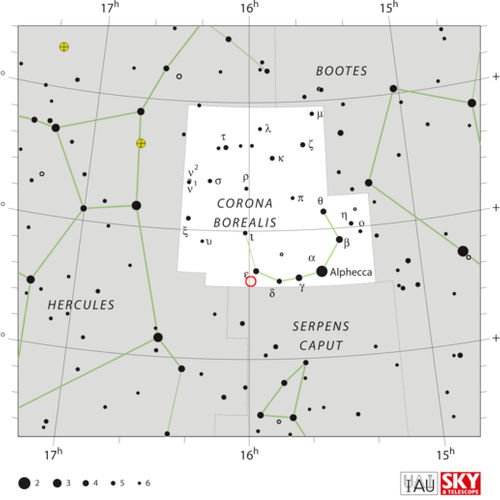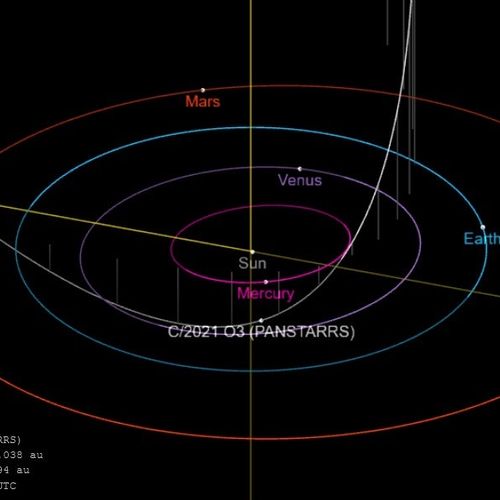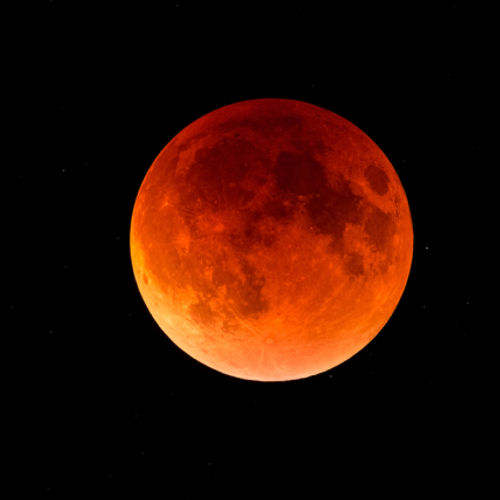
| Added | Tue, 29/03/2022 |
| Источники | |
| Дата публикации | Mon, 28/03/2022
|
| Версии |
If you look at the night sky, you can see a lot of twinkling stars! But why do some blink, but, for example, Mars or the Sun — not?
The stars sparkling in the dark sky are an incredibly beautiful sight. It is a pity that today this phenomenon can be seen less and less often due to light pollution
The sun is a star, but we don't see it twinkle. Why are all the other stars in the night sky twinkling? The simple answer is: it's all about distance. Stars twinkle because they are far away from Earth, so when the light of stars passes through the atmosphere, it is refracted countless times, which makes it seem that they are blinking.
The sun, the closest star to Earth, is located at a distance of about 150 million kilometers from us, which is 0.0000158 light years. However, if you do not take into account the Sun, then the other "nearest" star is about 4.22 light-years from Earth!
Meanwhile, the Earth's atmosphere is so turbulent that images of all objects in the sky tend to "float". In other words, the refraction of light rays in the atmosphere causes the stars to blink.
In addition, in different parts of the planet, different phenomena occur in the atmosphere with forming, swirling and scattering streams and vortices. In each layer of the earth's atmosphere, air moves in different directions with different intensity. When light from stars passes through the atmosphere, it bends due to refraction, so stars don't always look the same even at one point in the world.
Why don't the planets twinkle
The planets of our Solar System are relatively close to us, although they look very small. Due to the proximity of the planets to the Earth, the light from these celestial bodies does not bend so much due to the earth's atmosphere.
Новости со схожими версиями
Log in or register to post comments









